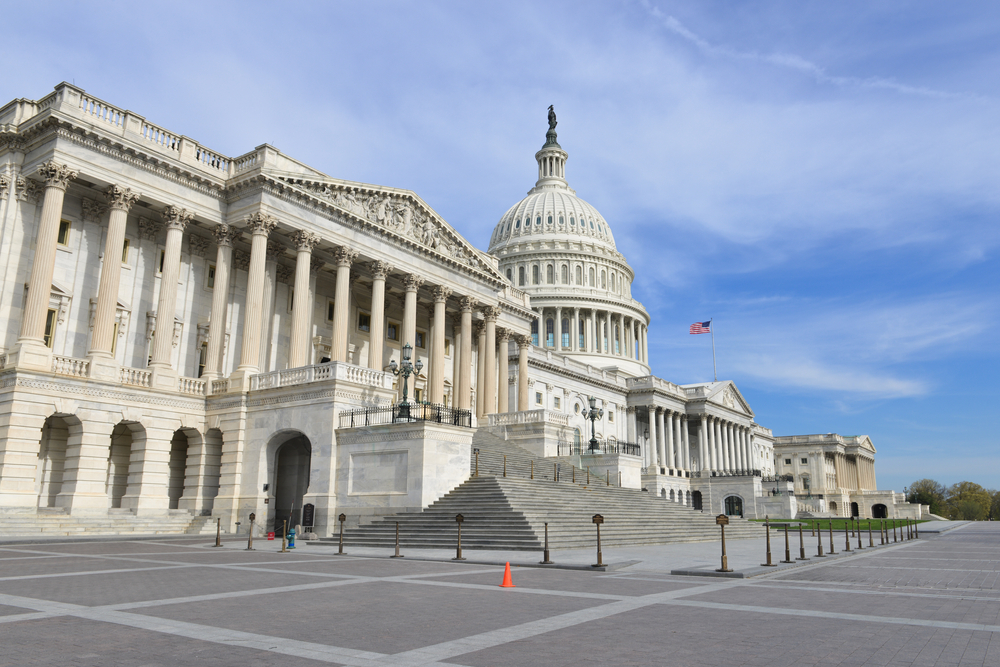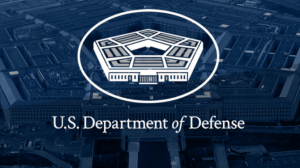The FAA’s proposed Part 108 rule signifies a monumental advancement towards secure, routine, and scalable drone operations beyond visual line of sight (BVLOS) within the United States. This initiative represents a pivotal shift in drone regulation, aiming to open up powerful new possibilities for drone operators while establishing a standardized safety framework, simplifying approval processes, and preparing for a future where drone deliveries, infrastructure inspections, and aerial data collection become as commonplace as pizza delivery.
What Is Part 108 and Why Does It Matter?
Part 108 is the newly proposed section of federal regulations by the FAA, intended to manage BVLOS drone operations. This is where drones can travel beyond the visual range of their operators. The primary objective is to foster “a predictable and clear pathway for safe, routine, and scalable UAS operations,” thereby supplanting the complex and unpredictable waiver system.
Why Now?
After nearly ten years of pilot projects, feedback from the industry, and numerous successful test flights, regulators aim to move beyond the sluggish pace of case-by-case approvals to make advanced drone missions accessible to businesses of all sizes.
What’s Changing Compared to Part 107?
Finalized in 2016, Part 107 initially facilitated commercial drone usage under 55 lbs but largely restricted them to line-of-sight operations. Exceptions required complex FAA waivers. Part 108 transitions the focus from individual pilots to companies, necessitating organizations to handle training, compliance, and mission planning, akin to traditional aviation business models.
Key updates include:
- Standardized Approval: Organizations can acquire one of two types of authorizations: “permits” for simple missions and “certificates” for more complex, riskier operations.
- New Roles: The introduction of Operations Supervisor and Flight Coordinator roles, formalizing oversight and coordination responsibilities within companies.
- Efficient Expansion: Eliminates the need for case-by-case waivers, allowing permit or certificate holders to scale operations more swiftly.
- BVLOS as a Standard: Enables routine practices such as drone deliveries, large-scale mapping, agricultural management, and inspections to be more practical and predictable.
What Exactly Can Be Done Under a Permit or Certificate?
Under Part 108, companies have two main approval options, each tailored to the envisioned operations’ scope and risk profile:
| 108 Permit | 108 Certificate | |
|---|---|---|
| Purpose | Simpler, lower-risk missions | Complex, high-risk, or large-scale operations |
| Examples | Training, flight tests, demonstrations, small deliveries, agriculture, recreational, governmental use | Routine delivery, swarm operations, flight over populated areas, operation of larger fleets |
| Approval Process | Streamlined application per category; lower FAA oversight | In-depth review, added safety data, company-wide procedures, and personnel training |
| Duration | 2 years, renewable | Ongoing; requires continuous compliance and audits |
| Limits | One category per permit; multiple permits possible | Broader privileges for larger/advanced operations |
What About Safety and Collision Avoidance?
Safety is the cornerstone of Part 108, particularly the integration of drones into airspace shared with manned aircraft. Drones operating in controlled airspace must have onboard detect-and-avoid technology—like radar or optical systems—to prevent in-air collisions. While this enhances safety, it may increase costs for manufacturers and fleet operators.
Operators are also required to:
- Meet preflight requirements
- Secure area approval for planned operations
- Follow manufacturer’s safety procedures
- Adhere to a 400 feet ceiling above ground level, unless specifically authorized
What Does This Mean for Swarming and Multiple Drone Operations?
Swarm operations, where one operator controls multiple drones simultaneously, are highly anticipated in delivery, agriculture, and emergency response sectors. While Part 108 acknowledges multi-drone potential, it currently restricts operators to 1:1 control. Companies wanting to conduct swarming operations must secure special waivers pending further standards development.
How Does Part 108 Affect Operators, Pilots, and Companies?
For Individuals (Pilots):
- No individual pilot certification is required for BVLOS under Part 108.
- Shift of responsibility and legal risk to the company, which ensures staff competency and training.
- Companies may still require pilot training under internal programs, especially for certificate holders.
For Companies:
- Must apply for respective permits or certificates based on intended operations.
- Corporate roles are necessary for complex operations.
- Companies need documented safety procedures, ongoing training, and reporting systems.
- Permits and certificates streamline expansion, though higher-risk projects necessitate meeting additional criteria.
What Is the Public Feedback and Timeline?
- The proposed Part 108 rule was published on August 7, 2025.
- Public comments remain open until October 6, 2025.
- Following the comment period, FAA may amend the rule based on insights from industry, stakeholders, and the public.
What About “Right-of-Way” and New Airspace Restrictions?
Part 108 updates right-of-way rules, clarifying interactions between drones and other aircraft. The FAA also works on Part 74, a regulation for “unmanned aircraft flight restrictions” that may limit drone activity near sensitive locales like schools or power plants.
How Did We Get Here? The Human Side and Industry Input
The evolution of drone policies comes from years of advocacy and extensive test flights by the industry, government, and entities like the Northern Plains UAS Test Site. Their empirical data and risk assessments have directly shaped the FAA’s risk-based approaches, intending to align the regulations with real-world demands.
What Are the Stakes for Business and Society?
Part 108 is more than regulatory formality—it’s the gateway to a trillion-dollar drone economy. Key benefits include:
- Faster Medical Deliveries: Life-saving deliveries of organs or medical supplies.
- Agriculture: Advanced crop mapping and treatment.
- Infrastructure: Frequent and safer inspections of bridges, pipelines, and other infrastructures.
- Smart Cities: Scalable aerial surveillance, enforcement, and traffic management.
- Package Delivery: Commercial deliveries of food, goods, and essential medications, with strict safety controls.
The proposal, however, acknowledges concerns regarding privacy, noise, security, employment impacts, and airspace congestion; the FAA’s public commentary process is vital in addressing these subjects.
Key Takeaways & Expert Tips
- Plan now: Businesses should start revising safety procedures and track staff training.
- Monitor technology: Invest in appropriate detect-and-avoid systems and stay updated on technological approvals.
- Get involved: Engage with the comment process as a chance to influence future regulations.
Expert Insight
“For drone businesses of all sizes, Part 108 offers both challenges and generational opportunities. Those investing in compliance and safety will lead in the airspace economy.”
“Transitioning from ‘pilot waivers’ to ‘corporate certificates’ marks a cultural shift—drones have become mainstream, where safety is a collective responsibility.”
Where to Learn More
- FAA’s BVLOS Fact Sheet
- FAA’s Notice of Proposed Rulemaking (NPRM)
- Industry analyses from NPUASTS, DroneLife, and Commercial UAV News
This guide encapsulates the pivotal elements of the FAA’s Part 108 proposal, highlighting what’s at stake, the approval process, and the imminent era of advanced drone operations. Public discussions and the final rule will fundamentally reshape aviation and everyday American life in the coming years.













